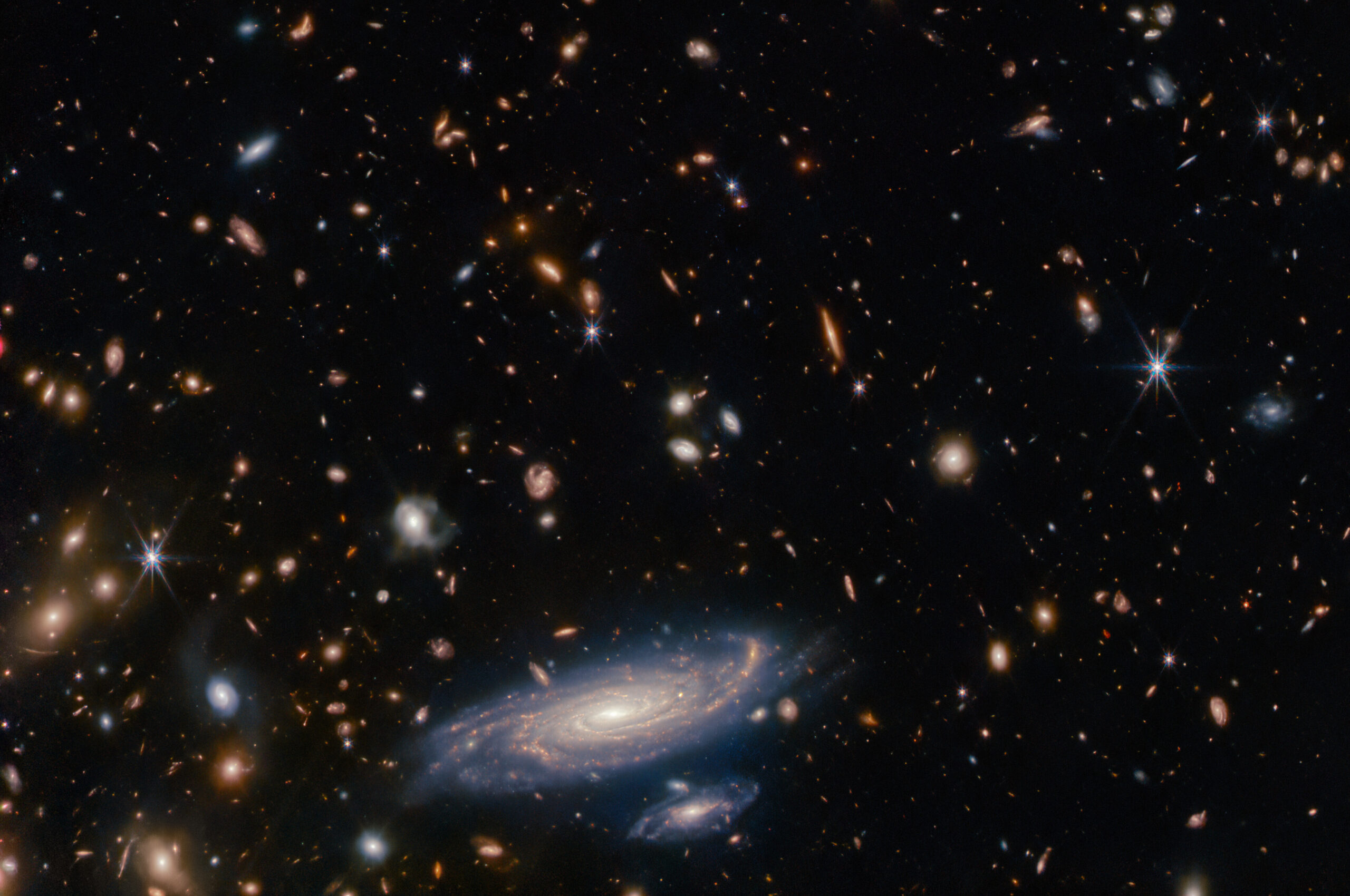Listed are all scientific papers resulting from an ISSI activity written or co-authored by ISSI Team members, Working Group members, Workshop participants, visitors or staff members.
The emission of volatiles from the surface and subsurface of planetary bodies can provide fundamental knowledge concerning their formation, evolution, and structure. There are a variety of physical processes that shape the structural, kinematic and thermal behavior of the released material.
The European Space Agency’s Rosetta mission is the only space mission that has performed long-term monitoring of a comet at close distances. For over two years, Rosetta rendezvoused with comet 67P/Churyumov–Gerasimenko, which revealed diverse evolutionary processes of the cometary nucleus. One of the most striking events is the migration of a ∼30 m boulder in the southern hemisphere region of Khonsu.
In this work, the straight flux rope in the model of giant flares on magnetars was replaced with a curved one and the equilibrium behaviour of the flux rope was investigated. Two footpoints of the flux rope are anchored to the spherical surface of magnetar. The forces acting on the flux rope include magnetic tension, magnetic pressure, curvature force, and gravity. The equilibrium in the flux rope, so as in the global configuration, is achieved as these forces offset each other.
The solar wind is highly turbulent, and intermittency effects are observed for fluctuations within the inertial range. By analyzing magnetic field spectra and fourth-order moments, we perform a comparative study of turbulence and intermittency in different types of solar wind, measured during periods of solar minima and a maximum.
This article reviews recent developments in our understanding of the electron diffusion region (EDR) of magnetic reconnection, focusing on how the structure and dynamics of the EDR vary with the background plasma conditions. In particular, we highlight results from the Magnetospheric Multiscale (MMS) mission, a four-satellite NASA mission that measures plasma particles and electromagnetic fields in and around Earth’s magnetosphere.
Context. The extreme-ultraviolet (EUV) brightenings identified by Solar Orbiter, commonly known as campfires, are the smallest transient brightenings detected to date outside active regions in the solar corona. Aims. In order to understand their possible contribution to quiet-Sun heating, we investigated the spatio-temporal distribution of a large ensemble of the finest scale EUV transient brightenings observed by the Extreme Ultraviolet Imager (EUI) aboard Solar Orbiter. Methods.
Unmagnetized bodies with sufficiently dense ionospheres, such as Mars, form induced magnetospheres when interacting with the solar wind carrying the frozen-in interplanetary magnetic field (IMF). Mars Express equipped with the Analyzer of Space Plasmas and Energetic Atoms (ASPERA-3) operating for 20 years over two solar cycles made fundamental contributions to our understanding of how the induced magnetosphere of Mars works.
We report on prolonged enhancements of electron fluxes at energies at or above 500 keV, observed in the magnetotail by the lunar‐orbiting Acceleration, Reconnection, Turbulence, and Electrodynamics of Moon’s Interaction with the Sun (ARTEMIS) during the recovery phase of a magnetic storm with minimum Dst ${D}_{st}$ ≈ ${approx} $ −200 nT during periodic auroral electrojet (AE $AE$) activations.
Simple equations are derived with various approximations and are used to calculate the local emissivity of solar coronal lines with the inclusion of resonant photoexcitation (RPE). A simple expression for the scattering factor is obtained. Several incorrect formulations found in previous literature are clarified.
Using the Moon as a case study, we explore the effects of surface roughness at a small scale on the temperature of airless planetary bodies. Roughness can significantly influence temperature through a phenomenon known as ‘self-heating,’ in which indirect light plays a crucial role. Solar radiation can be locally reflected and scattered, causing this indirect light to reach areas of the surface that are typically not directly illuminated.
